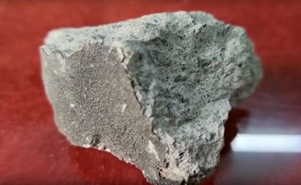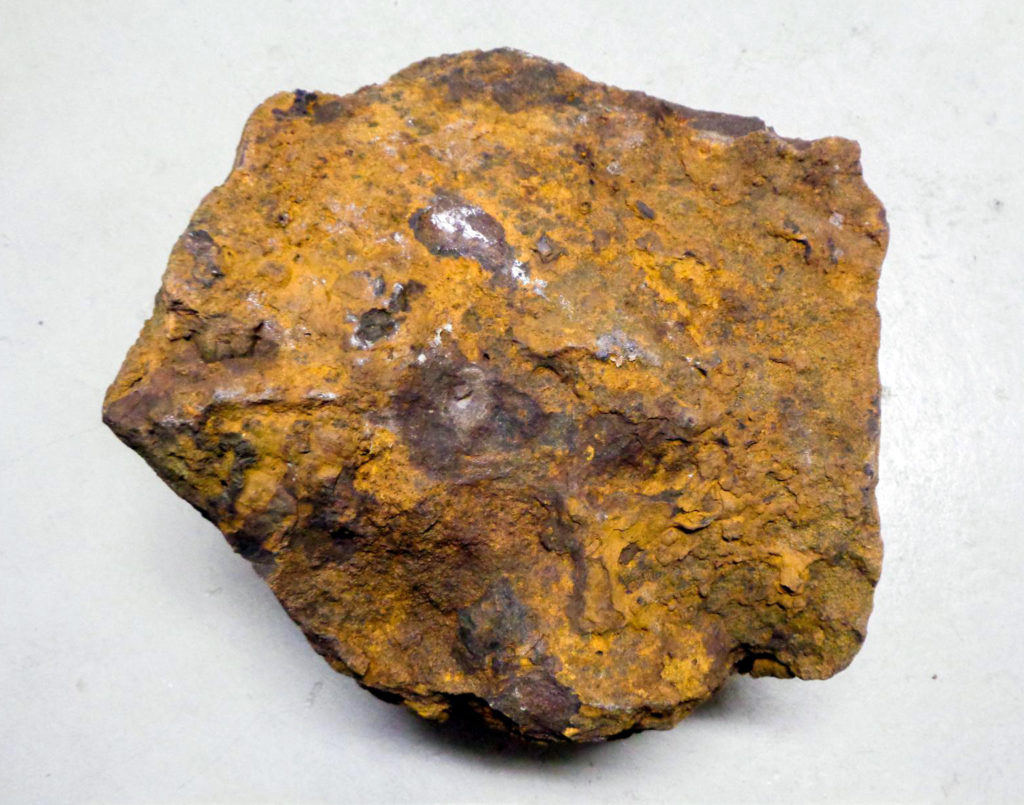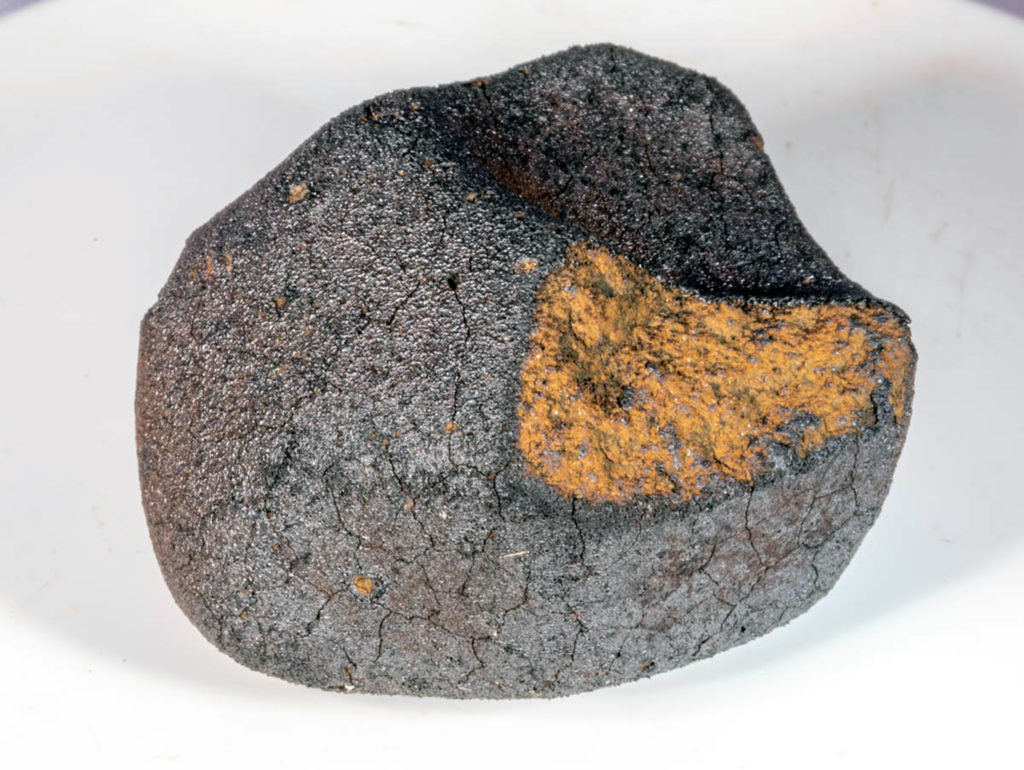Mass-independent fractionation of oxygen isotopes during high-temperature condensation in cosmochemical plasmas
Nathan Asset, Marc Chaussidon, Guillaume Lombardi, Johan Villeneuve, Romain Tartèse, Smail Mostefaoui, and François Robert
PNAS, April 28, 2025, 122 (18)
“Significance
The origins of oxygen mass-independent isotope fractionations in solar system materials have remained unknown since their discovery in 1973. The experiments presented here show that condensed carbon-rich materials, produced in conditions potentially occurring in the protosolar nebula, have comparable oxygen mass-independent isotope fractionations to those of the solar system materials. These mass-independent isotope fractionations in the condensates can be explained by a similar reaction to the one producing ozone in the Earth’s atmosphere. Our experiments suggest that the oxygen mass–independent isotope fractionation in the early solar system results from chemical reactions during condensation processes.”
“Contrary to all terrestrial rocks, planets and meteorites exhibit oxygen isotope variations decorrelated with the mass difference of their atomic nuclei. It has been proposed that, in the protosolar nebula (PSN), these variations could result from mass independent isotopic fractionation (MIF) either during specific chemical reactions similar to those responsible for the formation of ozone in the Earth’s atmosphere or during ultraviolet (UV)-photolysis of carbon monoxide (CO) gas in the PSN. However, these potential chemical MIF reactions (Chem-MIFs) are not identified in conditions close to the PSN, and there is no experimental demonstration that large MIF signature can be transferred to solids forming in the PSN. Here, we show that MIFs, up to 60‰ depletion in 16O, are produced by high-temperature reactions in a plasma during the condensation of carbonaceous solids from a gas containing two of the most abundant PSN molecular species (H2O and CH4). This effect is attributed to the formation in the plasma of the activated complex H2O2* followed by its stabilization by reactions with CHx• radicals. Although it is premature to assert that this reaction represents the main process resulting in MIF of oxygen isotopes in the solar system, our result demonstrates the potential importance of a Chem-MIF effect in a PSN where plasma zones develop.”
































